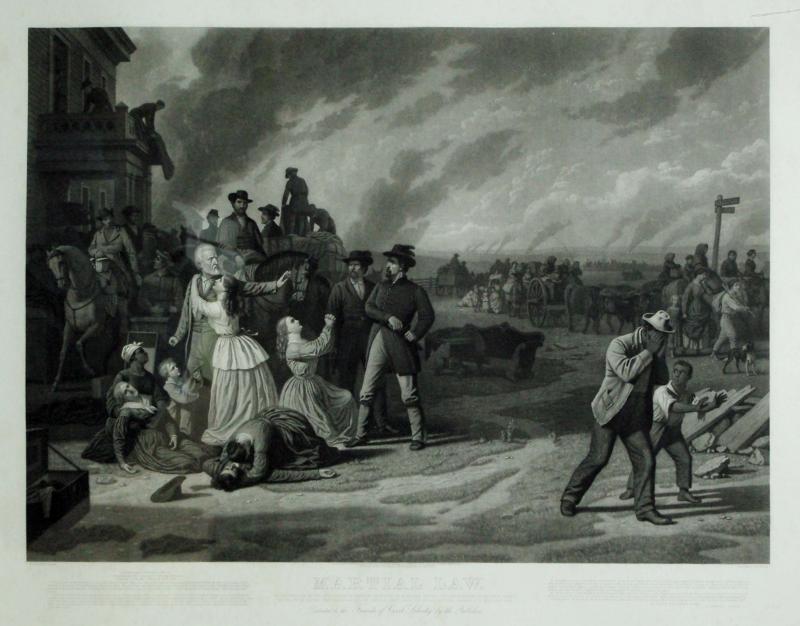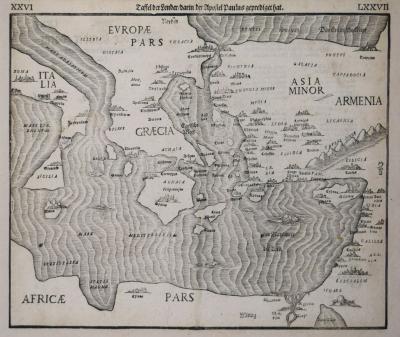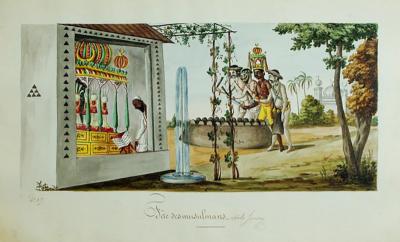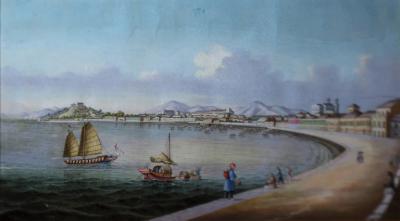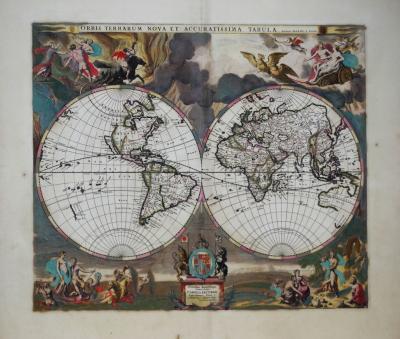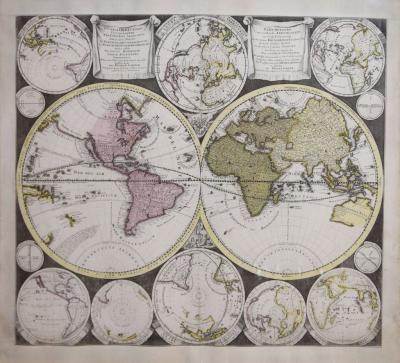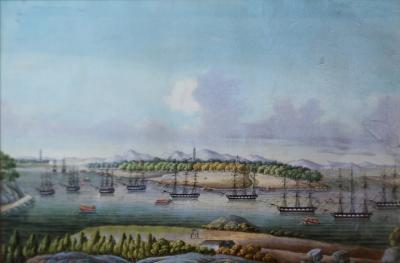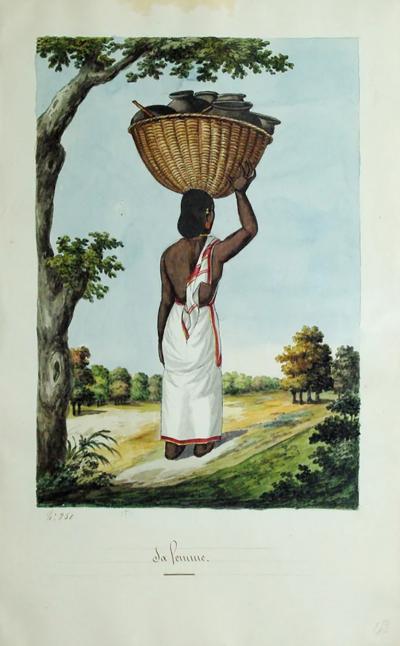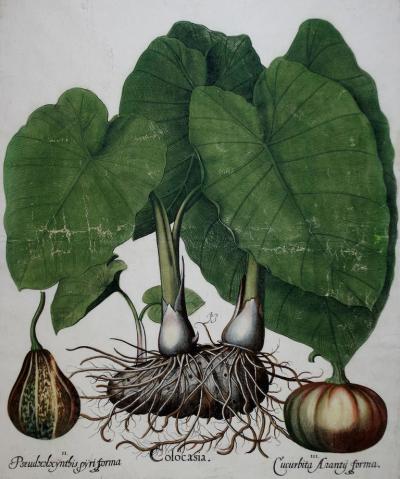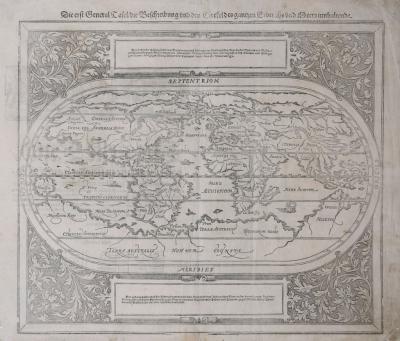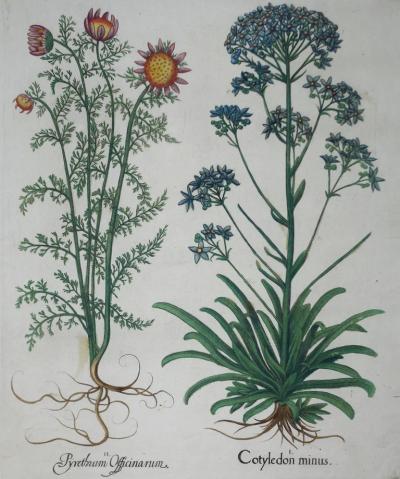Martial Law
-
Description
Published, Geo. Caleb Bingham & Co., Kansas City, Missouri, 1872
A dramatic, hand-colored mezzotint engraved by John Sartain after the painting by George Caleb Bingham. The famous painting, "begun in 1865, has become one of Bingham's most famous. It expressed his fury over General Ewing's treatment of Missourians. Entitled Martial Law or Order No. 11, the work has something of a legend about it. As the story goes, when word reached Bingham while he was state treasurer in Jefferson City that General Ewing had issued the decree exiling nearly all residents of Jackson County and its surroundings, Bingham acted at once. He hastened to Kansas City to confront Ewing and demand an explanation. The general replied that he had acted from military necessity. To this, Bingham pointed out the human misery to ensue. When Ewing refused to rescind Order No. 11, Bingham is said to have told the officer: 'I will make you infamous with pen and brush as far as I am able.' "Whether the exchange occurred or not, George's anger had not cooled when he began work on Order No. 11, and he clearly designed the painting as an assault on Ewing. He depicted the officer and others in the act of carrying out the infamous order. Two versions of the scene were completed in November 1868 with George intending them as an argument against the evils of martial law and as a weapon to hinder the career of the detested Thomas Ewing. "One version of the canvas was sent to Philadelphia to be engraved by John Sartain. The other traveled with George as he went about the region denouncing General Ewing and all his evil works - and, just as important, taking orders from those who wished to purchase a print of Order No. 11 after Sartain's studio had finished engraving it. "Bingham's tour had the marks of a political crusade. Wherever an audience would gather to listen, he assailed the harsh policies of what had become known as the radical wing of the Republican party in Missouri and elsewhere. Much as George had deplored what he deemed the traitorous behavior of the secessionists, he opposed postwar punitive treatment of those who had supported the South but now wished to take their places as voting citizens of Missouri" (Nagel, "George Caleb Bingham: Missouri's Famed Painter and Forgotten Politician," pp. 112-113). This is a beautiful example of an extremely important political illustration. The deft hand-color sets the tone for the dramatic scene, with General Ewing at center, drawing his revolver as he confronts an elderly settler. The settler's wife has fainted and his son lies on the ground, unconscious or possibly dead, as his daughter clings to him and begs him to stand down. Another young woman has fallen to her knees before Ewing. Soldiers have invaded a house and are raiding it, while a caravan of refugees makes its way by wagon and on foot. A black man and his young son leave the scene in despair. - More Information
-
Dimensions
W. 43 in; H. 31.5 in; W. 109.22 cm; H. 80.01 cm;
Message from Seller:
Founded in 1971, Arader Galleries is the leading dealer of rare maps, prints, books, and watercolors from the 16th to 19th centuries. Visit us at 1016 Madison Avenue, NYC, or contact us at 215.735.8811 | loricohen@aradergalleries.com |















